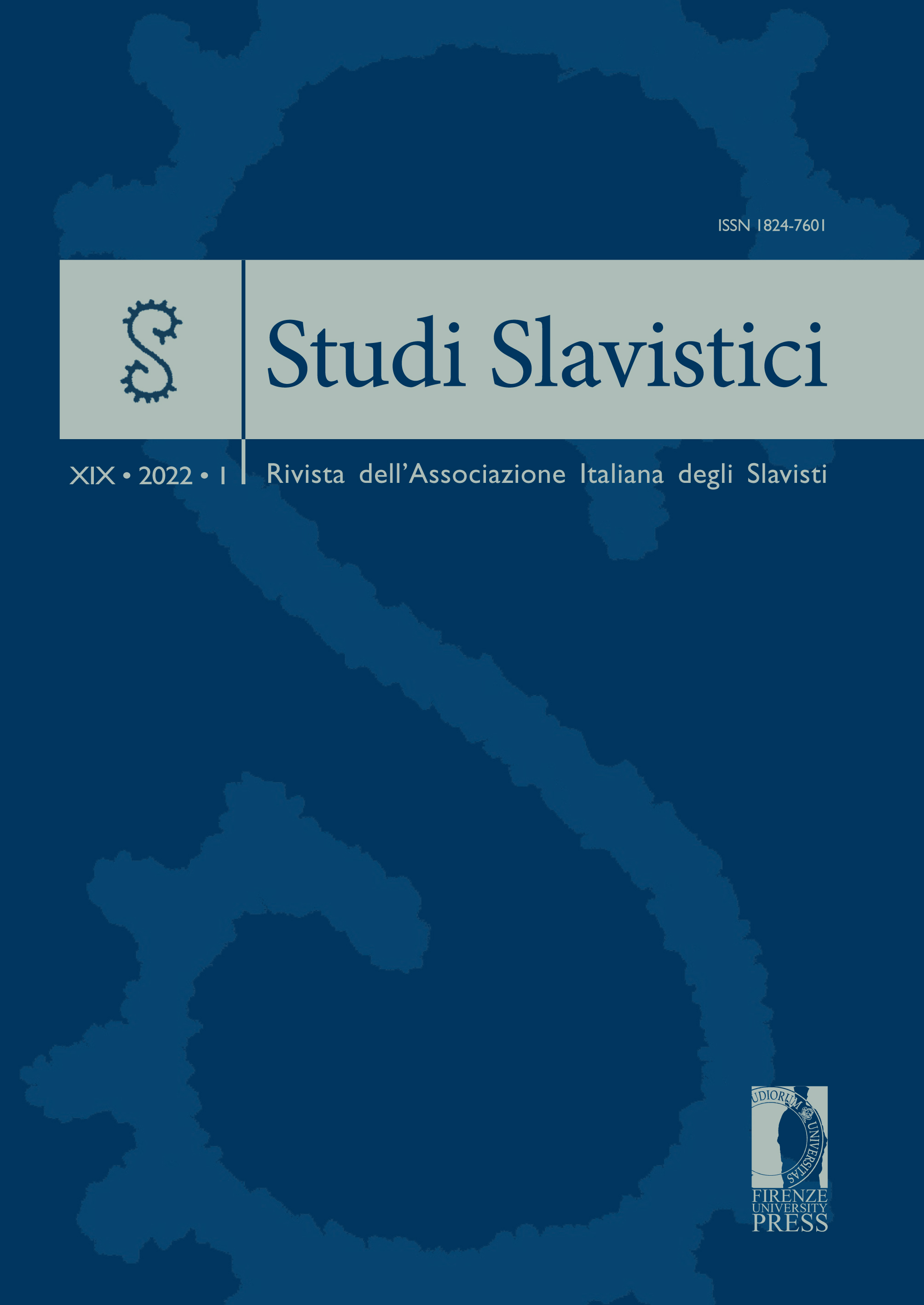Liturgical Readings from the Book of the Prophet Ezekiel in the Ostrog Bible. Between Tradition and Innovation
Published 2022-05-28
Keywords
- Ostrog Bible,
- Old Testament Readings,
- Book of the Prophet Ezekiel,
- Prophetologion,
- Parimejnik
- Triodion ...More
Abstract
The article concentrates on the paroimias from the Book of the Prophet Ezekiel, which are intended for liturgical service in the movable commemorations cycle: Ezekiel 1:1-21 for Holy Monday, Ezekiel 1:21-28 for Holy Tuesday, Ezekiel 2:3-3:3 for Holy Wednesday, Ezekiel 37:1-14 for Holy Saturday and Ezekiel 36:24-28 for Pentecost. These are compared based on five text versions occurring between the 9th and 16th centuries: the earliest Old Bulgarian translation in the Parimejnik (9th c.), the Preslav translation of the text with Theodoret of Cyrrhus’s commentary (early 10th c.), the Athonite translation in the Triodion of new redaction (14th c.), the Gennadij Bible (1499) and the Ostrog Bible (1581). The analysis focuses on the variability in the translator’s choice when delivering certain Greek lexemes and specific constructions. The objective is to determine the relation between the content, inherited from the rich previous tradition and the new components in the text of this prophetic book in the Ostrog Bible. Patterns in the preferences for certain variants in the different versions are systematized.
The analysis makes it possible to conclude that the Ostrog Bible may be considered most closely linked to the Gennadij Bible and the Preslav translation of the text with commentaries. The studied materials evidence an increased influence on the text of the first Slavonic printed Bible by the Athonite translation in the Triodion of new redaction in the three paroimias for the Holy Monday, Tuesday and Wednesday. In the other two readings, however, this trend is insignificant. The presence, on one hand, of isolated lexical occurences of collation of the text with Greek sources, and on the other, of instances of uncritical carrying-over of inaccuracies from the older Slavonic versions, shows the unsystematic editorial approach of the scholars from the Ostrog academic circle.


